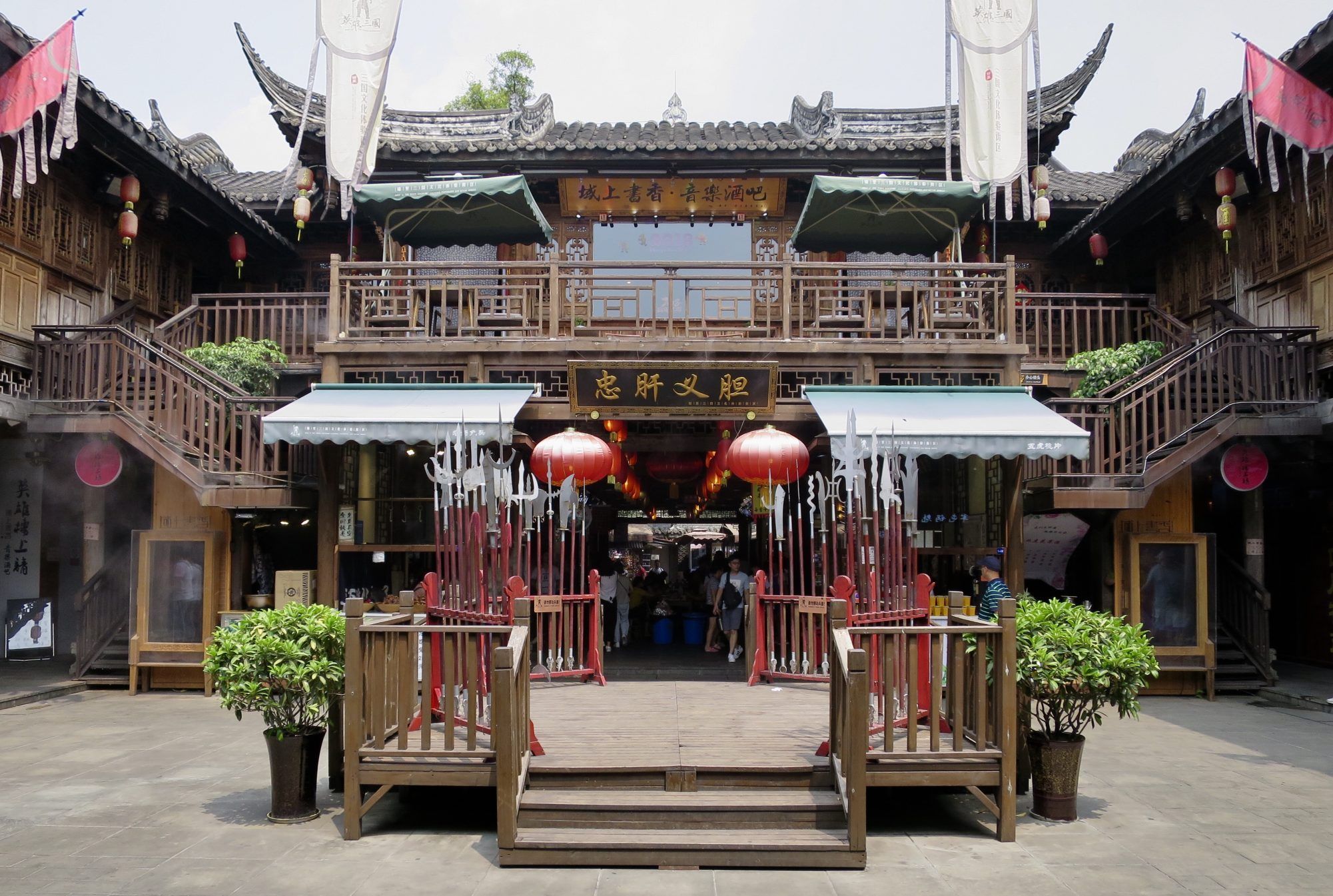Had a free day on Yangshuo, waiting for laundry, before we had to catch the train to Chengdu. I didn’t want to venture out too far, simply to avoid getting hot and sweaty before a train journey, so I stayed reasonably local and wandered about the town. It was a shame to leave Yangshuo as it felt familiar somehow, not dissimilar to Sharm, but – there are other things to see and do in China.
We got to the station after a 90 minute private bus ride and checked in. The tickets are linked to your identification, whether you are a local or a foreigner, and the seat is assigned. It’s similar to booking an airline seat but for some reason, feel like all movements are somehow being monitored. All credit to the Chinese, their rail infrastructure is fantastic. It’s clean, prompt, comfortable, spacious and unlike the trains back home, it even smells clean. Just an observation I hadn’t really noticed before, but there is no graffiti anywhere, hardly any litter, no dog shit or any chewing gum marks on the pavements. Has to be said on the face of it, communism has a lot of plus points. At the station, they prevent passengers accessing the platform until the train is in there, I guess as these are bullet trains that travel in excess of 240 km per hour it may be a safety thing.
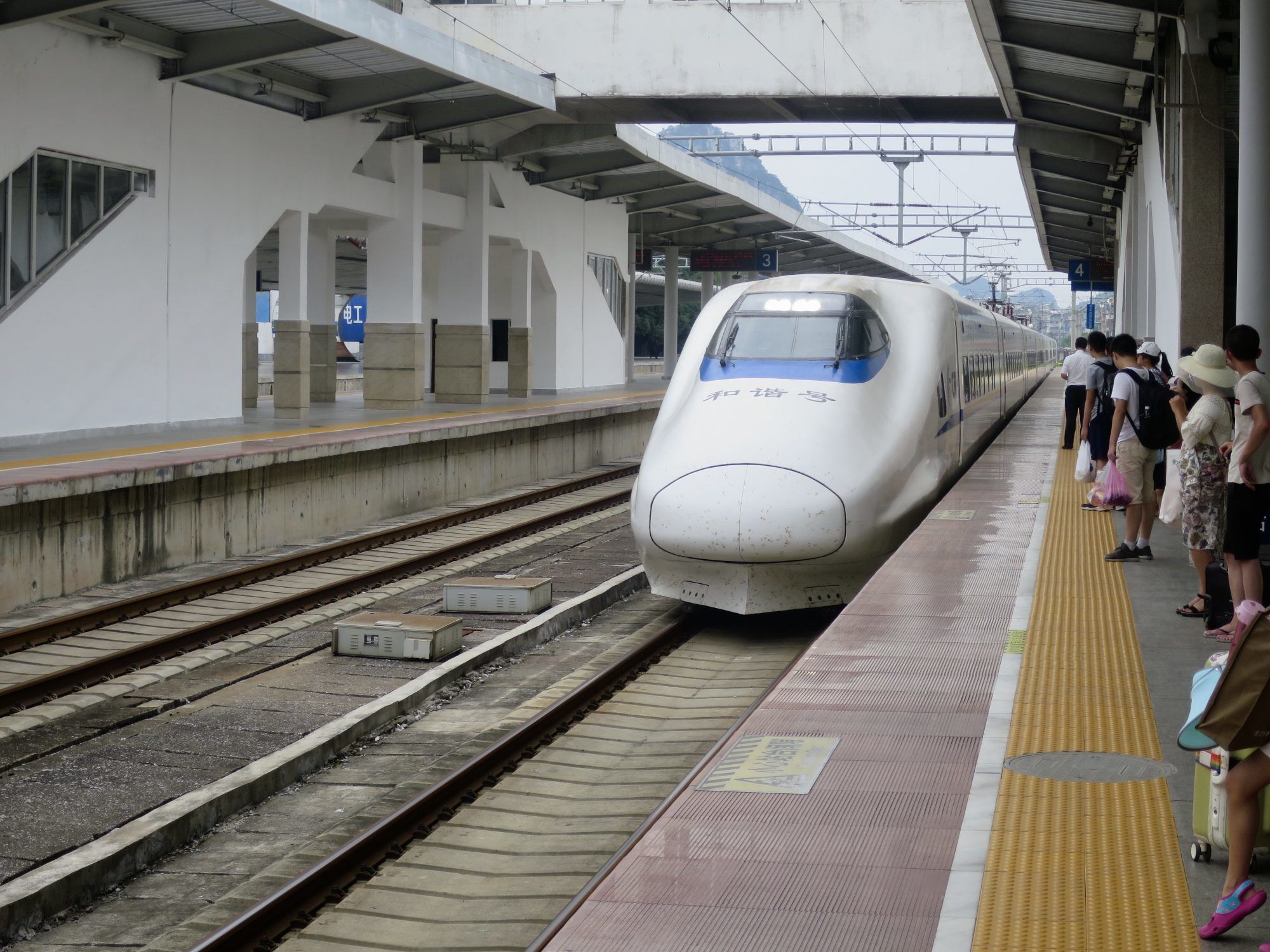
After the 7 hr train journey, we arrived in Chengdu and checked in to Mrs Panda’s hostel. I was expecting it to be excessively Panda themed and Chengdu to be quite a rural setting but I was wrong on both counts. Chengdu turns out to be about the 5th or 6th largest city in China; a heaving metropolis but it’s famed for the Research Base of Giant Panda Breeding and to be honest, it was one of the things I wanted to see in China above anything else. The hostel wasn’t all that but it was clean-ish, served cold beer but had a nice feel to it. The food in Chengdu was a lot cheaper than we had been paying in Yangshuo so now it felt like we were being ripped off previously without knowing. There was a little roadside restaurant next to the hostel that served excellent, tasty Chinese meal with beer for next to nothing, say less than 30 Yuans (£3.40) . I am now becoming quite proficient with chopsticks having lost my Spork in Yangshuo…
Next day it was off to see the pandas 🙂 and lots of anticipation in seeing them. I don’t know anyone who doesn’t like pandas, and if they don’t, probably don’t want to know them anyway. Sadly there are only about 1800 pandas left in the world due to poaching, hunting, loss of habitat and them not being able to successfully breed in the wild or even in captivity. This centre has about 180 pandas and has an almost 100% success rate in breeding the pandas. In Chinese, panda means bear (pan) and cat (da) and they had red pandas and giant pandas too. It was much larger than I was expecting and the grounds in between the enclosures were full of thick bamboo, used only as a reserve if the normal supply of bamboo runs out. In the first couple of enclosures there was not much to see, but you definitely knew you could see the pandas in the next one judging by the number of people crowding around, all with their cameras held in the air. I had to jostle for position to try to take photos. Decorum and etiquette go out of the window here as three or four pandas are play fighting with each other and knocking one off a tree stump who rolled around on the ground, making the crowd laugh and go ‘ahhhhh’.
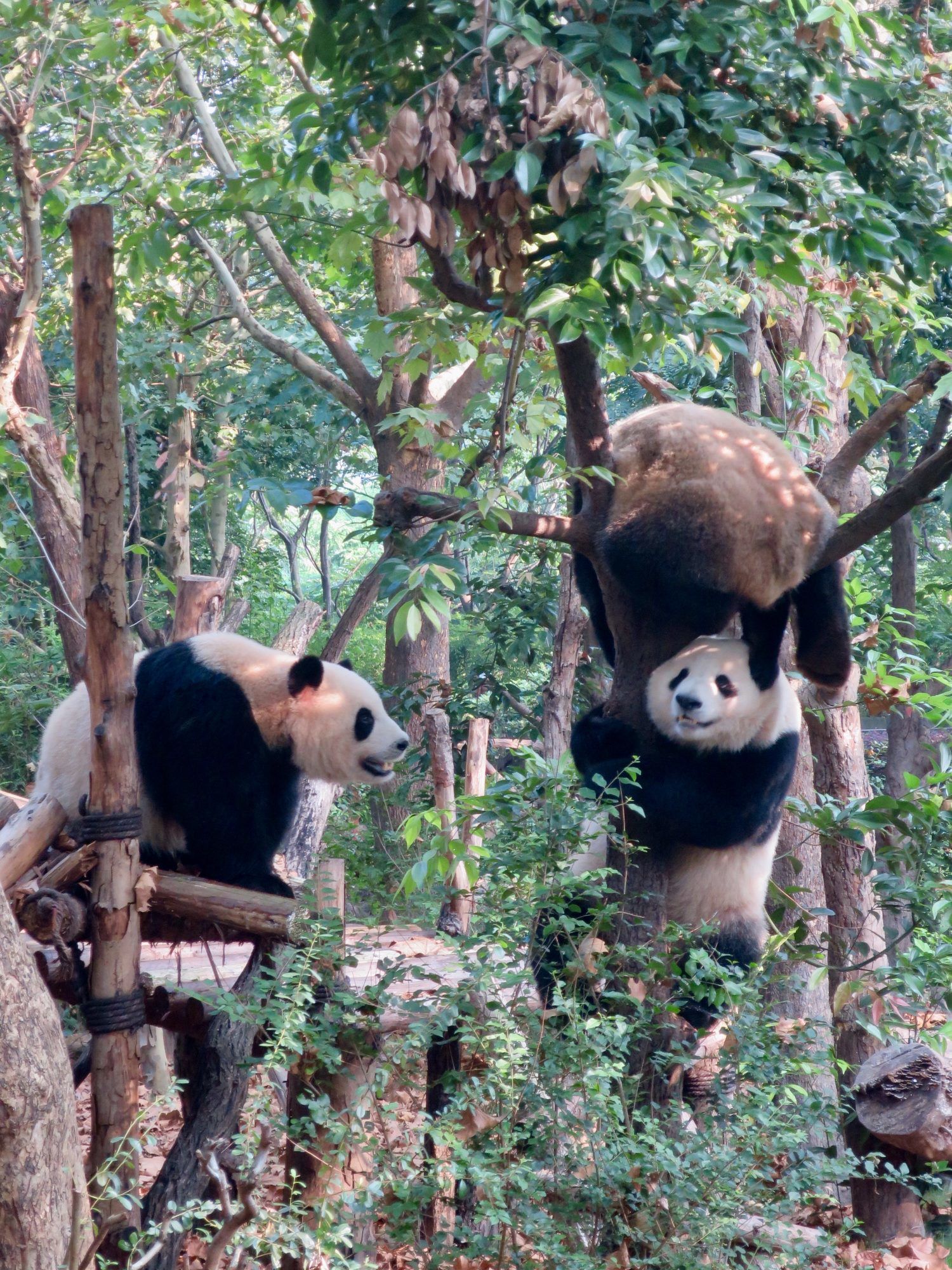
I managed to get a few photos of the pandas without the back of peoples heads in the way and then moved on to the next enclosure for more of the same.
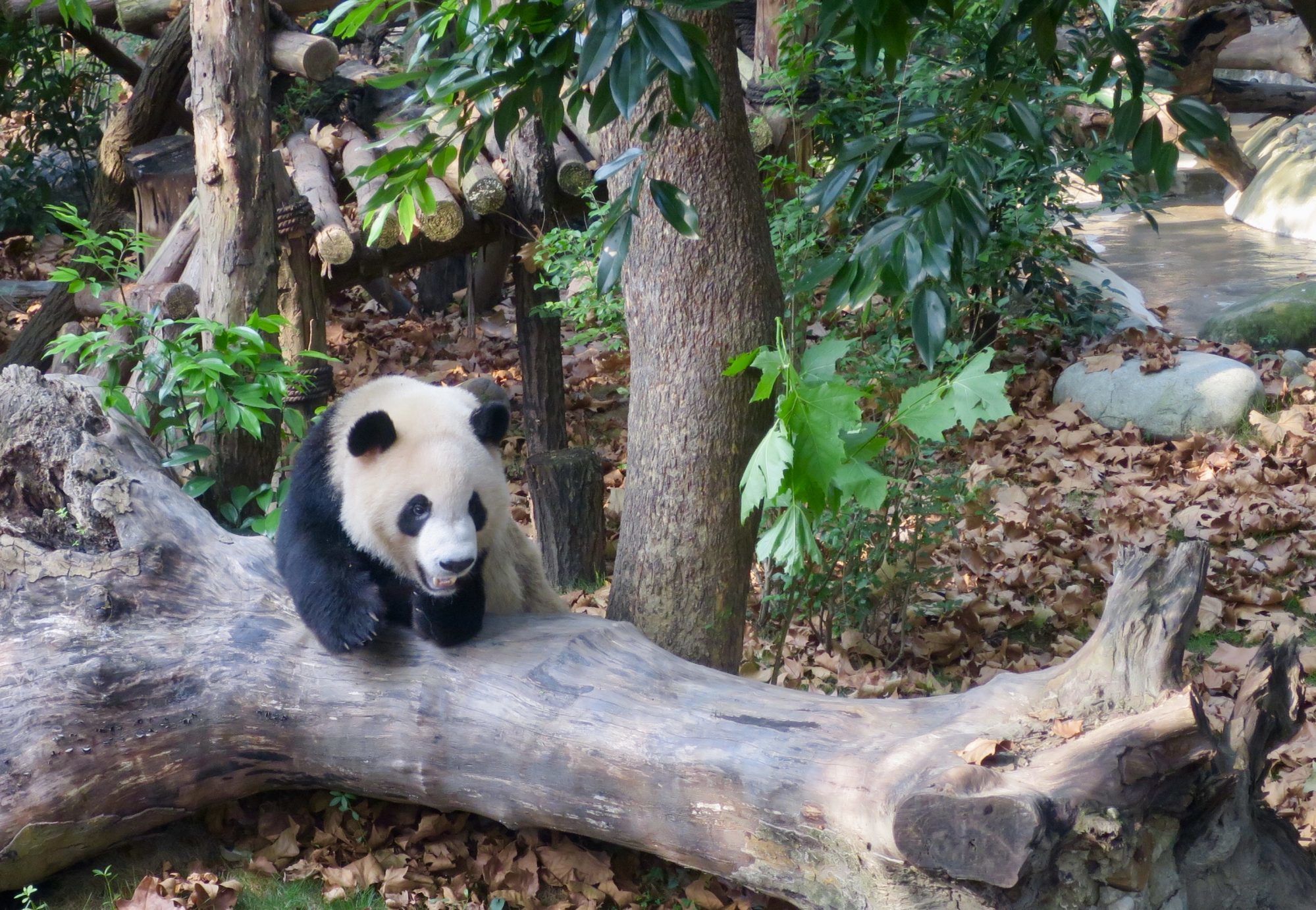
Later on was able to get into the nursery section where the pandas range from 3 weeks to 3 months old. There was one little panda, just 3 weeks old, in an incubator behind a glass screen to keep people away. It was virtually impossible to get a good photo through the glass.
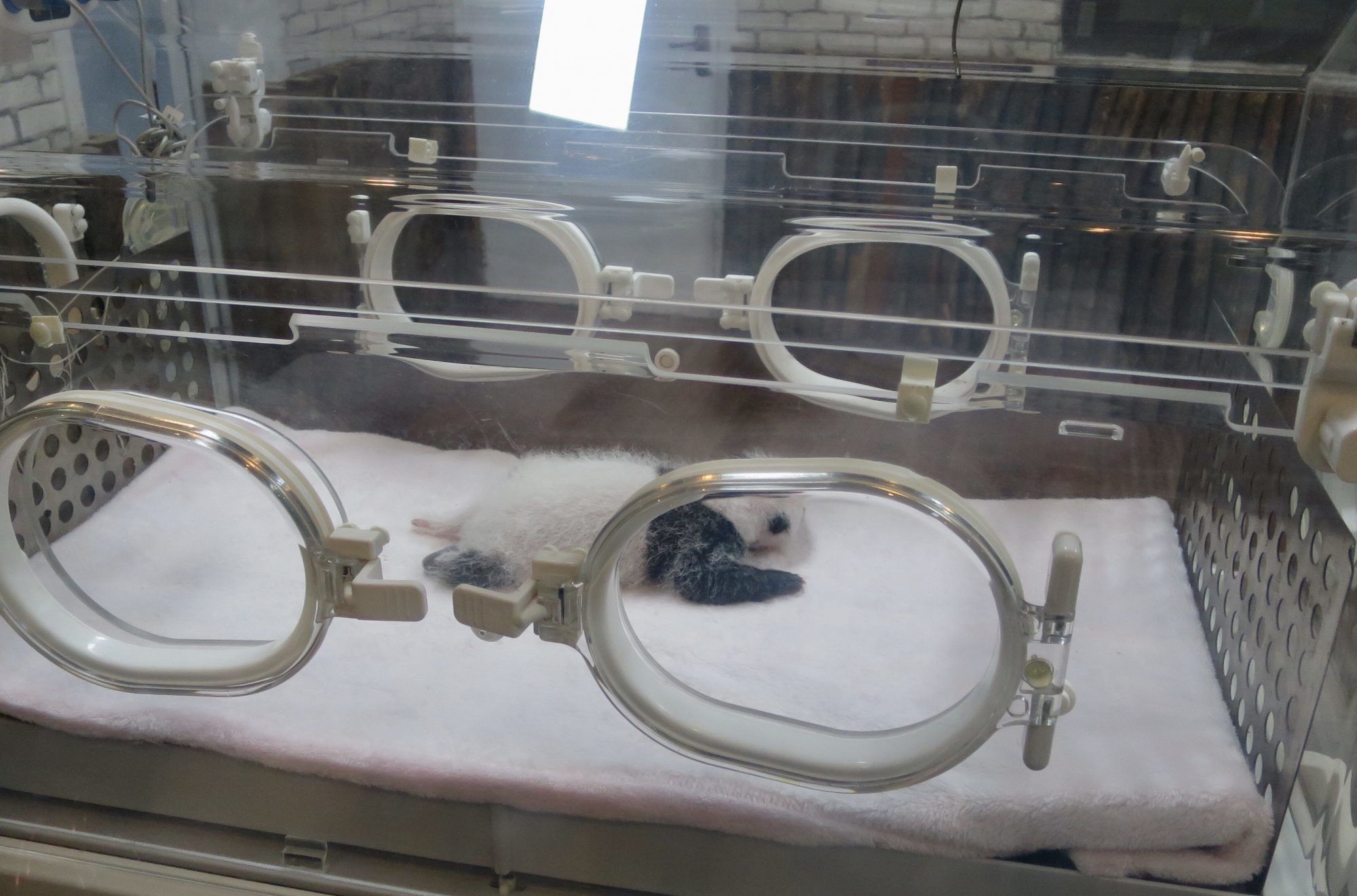
Back at the hostel in Chengdu, we go for a walk around People’s Park which was really picturesque and where lots of older Chinese people come to dance in the evening. It had a bit old a school disco feel to it with some people standing around the edge waiting for a partner to ask them. There were all sorts of music playing form traditional Chinese to a sort of modern ministry of sound. There were also some tea houses here and monuments to fallen soldiers in the wars gone by.
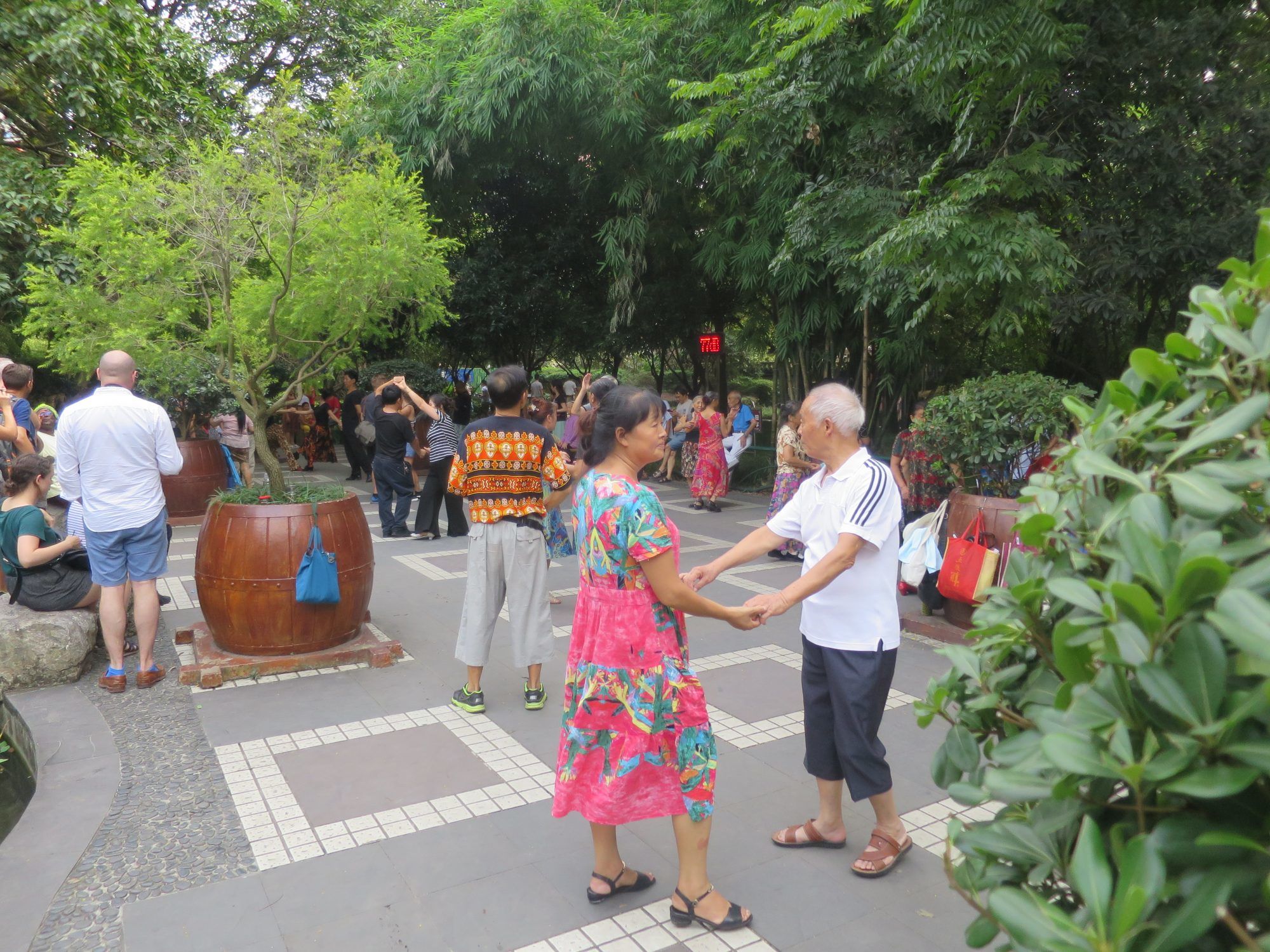
Afterwards, our guide took us to a local restaurant to experience a traditional Szechwan Hot Pot. It was very similar to a fondu in style, with a big square pot of boiling spiced oil in the middle of the table into which various meats, vegetables and tofu were placed. The oil was kept boiling from a burner underneath. Trouble is that with excessively long chop sticks, it was impossible to fish out much to eat before it disintegrated. No wonder the Chinese are so slim.
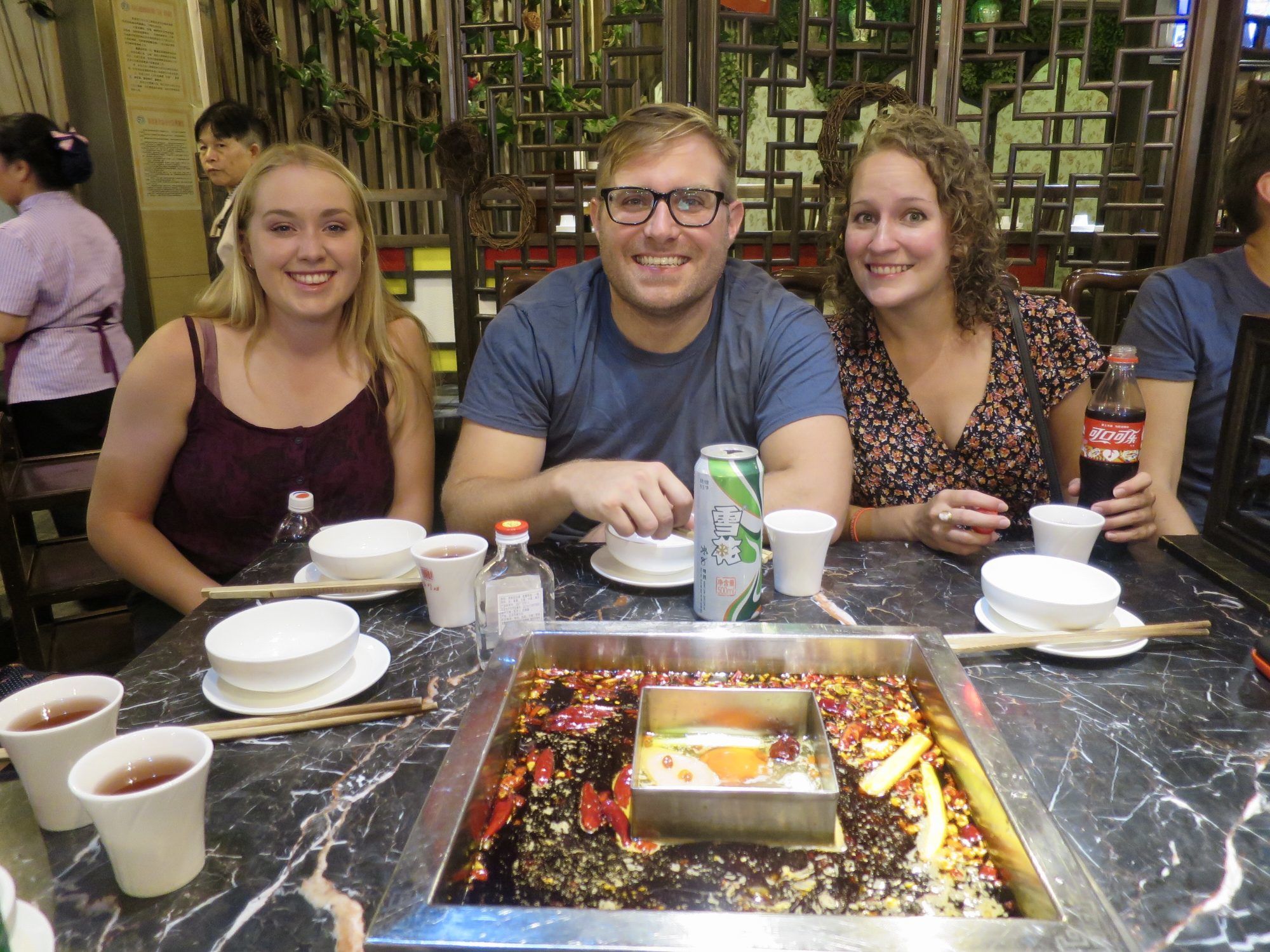
Next day we visited the Tibetan district which was a really nice area to walk around, plenty of shops selling all sorts and lots of places to eat or drink. The park grounds were incredibly tranquil even though they were full of people. Here we suddenly became acutely aware that we had sort of become a tourist attraction ourselves, with lots of people taking our pictures – some discreetly whilst others were quite blatant and pushing their camera phones into your face.
